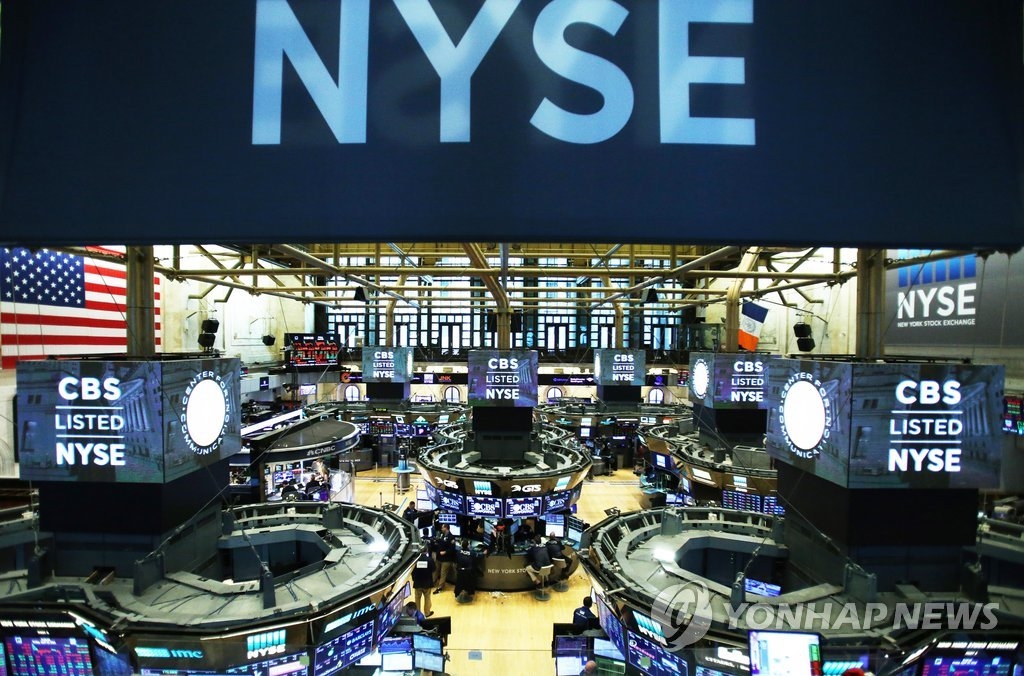
This week (March 1-5), the New York Stock Market is expected to continue an unstable trend, keeping an eye on the trend of US Treasury yields.
The question remains whether Jerome Powell, chairman of the Fed, will be able to ease the rise in interest rates.
As key economic indicators such as US employment in February are released, sensitivity to indicators may increase.
Investors are paying attention to whether a rise in US Treasury yields will turn the financial market into a new phase. If interest rates rise in a trend, investors’ asset composition is also inevitable.
In particular, if the rate of interest rate rises rapidly like last week, anxiety may increase. With the 10-year Treasury bond rate rising to the 1.5% level, the fate of the stock market is bound to change depending on how fast it will rise.
It is of paramount importance whether the Fed, including Fed Chairman Powell, will control the rate hike.
In his testimony to Congress last week, Chairman Powell repeatedly expressed his willingness to maintain the easing policy, including that it could take three years or more to reach the inflation target. Interest rates seemed to have settled somewhat at Chairman Powell’s remarks, but soon resumed the surge.
In addition, some Fed officials said the rise in interest rates was due to an improved economic outlook and evaluated that there was nothing wrong with it.
As expected by some of the market, there are still no signs that it will continue to hold interest rates through measures such as expanding long-term bond purchases.
Chairman Powell will speak at a conference hosted by The Wall Street Journal on the 4th. The market’s attention is expected to be focused on whether to express a direct warning or willingness to respond to rising interest rates.
Some say it may be difficult for Powell to come up with more than what he said last week.
In the second half of the week, the US employment data for February are released. The outlook is that employment will improve due to the calm of the new coronavirus infection (Corona 19) crisis.
According to the Wall Street Journal statistics, experts predicted that employment would improve from an increase of 49,000 in January to an increase of 218,000 in February. The unemployment rate is expected to remain at the same level at 6.3%.
The problem is that, if employment is good, inflation concerns will increase in the future and interest rates may rise sharply. As interest rates have become a key variable that drives stock prices, the stock market may become unstable due to strong indicators.
In addition to employment, the Supply Management Association (ISM)’s February Manufacturing and Service Purchasing Managers Index (PMI) are also key indicators that can affect the market.
As inflation has become a key point, interest in the Eurozone’s February Consumer Price Index (CPI) is also expected to draw attention.
Optimism about the control of Corona 19 is expected to continue, such as approval of a vaccine developed by Johnson & Johnson (J&J).
It should also be noted that the Senate discusses the US$1.9 trillion stimulus package.
Conflict may arise in the Senate over the proposed minimum wage increase. The Secretary General of the Senate decided that the plan to increase the minimum wage could not be included in the stimulus bill through budget adjustment.
As a result, news came out that the Democratic Party is considering a plan to reorganize the tax system to allow companies to raise wages. It has been reported that large corporations that pay below the standard wage will be penalized with tax, and SMEs will be encouraged to raise wages with tax benefits.
Attempts to raise wages by mobilizing a tax may also make companies uneasy.
However, the prevailing prospect is that the stimulus measures, excluding the minimum wage, will eventually pass.
(Photo = Yonhap News)
